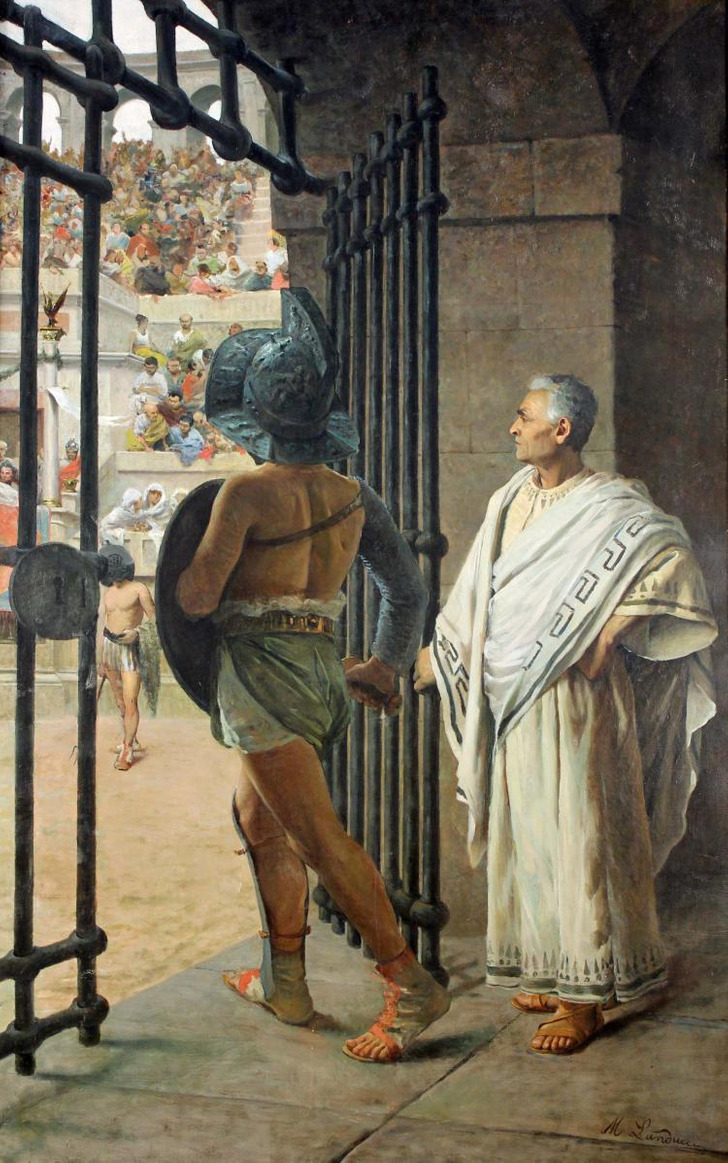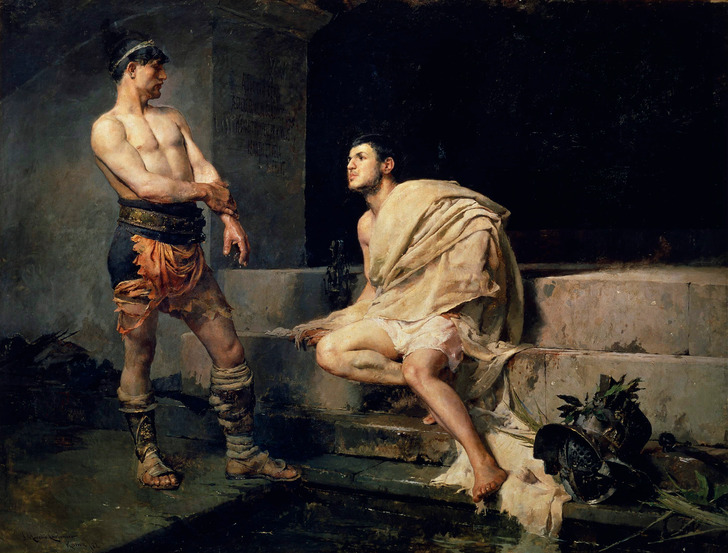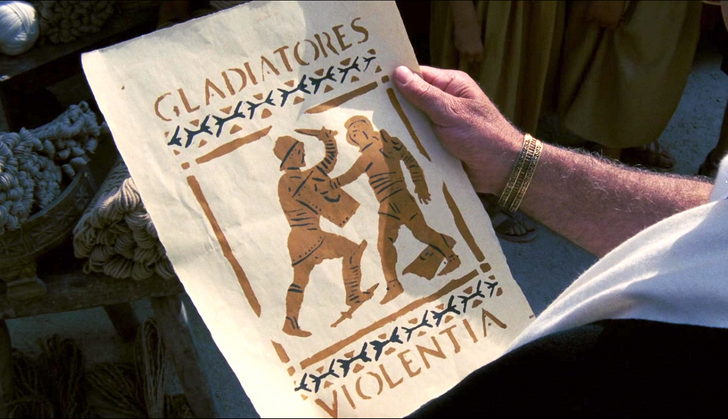13 Facts About Gladiators Which Paint a Different Picture to That of Popular Movies
When we think of gladiators, Ridley Scott’s historical drama, starring Russell Crowe, comes to mind right away. This film shows them entering the arena only by force, gladiators are not trained in any way, and are immediately forced to fight. We’ve compiled 13 facts that debunk these myths and shed light on how gladiators actually lived and battled.
- The title itself, “Gladiator”, reveals the basic technique of battle. The Latin word translates as “swordsman”, which in turn comes from the word gladius, meaning “sword”. Indeed, gladiators were rarely involved in hand-to-hand combat. They usually entered the arena armed.
- Gladiators were divided into groups, according to their skill and fighting style. The classification was made according to their service record, skill level, and experience. The most popular were the thraeces and murmillones. They were the ones who fought using a sword and a shield. There were also equites, who rode horses, and essedarii, who performed in chariots. The more unusual ones were the dimachaerus, who wielded two swords at once, and the retiarius, who had nets and tridents at their disposal.
- The career of a gladiator resembled the path of a modern-day professional athlete. For the most part, they lived and trained in special schools — ludi gladiatorum. They were always under the watchful eye of their managers — lanistae. Those who chose to become gladiators voluntarily signed a contract. They were usually attracted to this role by the possibility of becoming famous and winning prize money. Slaves and other men who became fighters not by choice were picked by gladiator schools deliberately for that purpose.
- Gladiators were taken care of very well. Despite the harsh discipline, the fighters were a valuable asset to the managers, so their health and nutrition were carefully monitored. The gladiators’ daily diet consisted of barley, boiled beans, meat-based soup, oatmeal, and dried fruit. This diet was believed to strengthen the body and increase endurance. Gladiators also received regular massages and medical examinations, which softened the rigors of their training regime.
- Gladiators were so popular with women that their female fans had their own name. The Roman satirist, Juvenal, called them ludiae, which roughly translates as ’training-school girls’.
- Left-handed gladiators were particularly famous. Their right-handed opponents were extremely discouraged by the attacker’s approach during combat and could be thrown off balance by a left-handed attack. Because of this, left-handed gladiators were often widely advertised ahead of their performance.
- Some gladiators were rich. For winning their duels, they received a palm branch and a reward from the organizers. Outstanding fighters had the chance of claiming a laurel crown and money from the appreciative crowd, while those who were gladiators against their will could even win precious freedom. Usually, the fighters kept the money and gifts for themselves and could amass a sizable fortune because of it. Some Roman stars claimed particularly high fees. So much so, that Emperor Tiberius offered several retired gladiators 100,000 sesterce each to return to the arena. And Emperor Nero gave the gladiator Spiculus significant property, as well as his own residence.
- Gladiators had their own “unions”. Although they regularly had to fight to the tragic end, the fighters considered themselves a brotherhood and sometimes even organized themselves into unions, or “boards of directors”. Among other things, these groups had their own elected leaders. When a gladiator fell in battle, the “union” ensured a dignified farewell to the “colleague” and took care of a memorial inscription in honor of their achievements in the arena. If the defeated gladiator had a wife and children, members of the union made sure that the family received monetary compensation.
- Not only men could be gladiators. Women occasionally took part in battles as well. For example, in the ancient city of Halicarnassus, there was a battle between two female warriors by the names of Amazon and Achillia. However, there is an opinion that such battles were simply well-prepared shows for the emperor.
- There were gladiators among the emperors too. The battles themselves were a simple way to win the love of the people, but some rulers took it even further, and directly participated in them. For example, the emperors Titus, Hadrian and Caligula all fought in the arena. It is likely, however, that these battles were fought under strictly controlled conditions, or with blunt blades.
- Gladiator games were designed to distract the general public of the empire from internal problems. Contemporaries assessed them in different ways. Some claimed that the games reflected typical Roman virtues — endurance, courage, and skill in combat. Others, however, thought it was merely an obsession with “bread and circuses”. According to interpretations of modern scholars, gladiator games were probably a means of social control. They distracted people and prevented them from realizing the true decline of the Roman metropolis.
- The educated elite of the Roman Empire opposed gladiator combat, but not out of any humanitarian concern for the gladiators themselves. On the contrary, they saw them as useless members of society and entirely worthy of such a fate. The dissatisfaction was due to the influence the fights had on the spectators. The Roman elite saw such pastimes as degrading, and a reflection of society’s moral laziness.
- Gladiator games were banned by Constantine the Great in 325 C.E. with the claim that they had no place “in a time of civil and domestic peace”. Furthermore, there is evidence that such entertainment simply became too expensive. Instead of fighting, would-be gladiators were sent to the mines to ensure a steady supply of labor.
What do you imagine Roman gladiators to be like?
Preview photo credit Gladiator / Dreamworks Pictures and co-producers, Spartacus / Starz and co-producers
Share This Article



